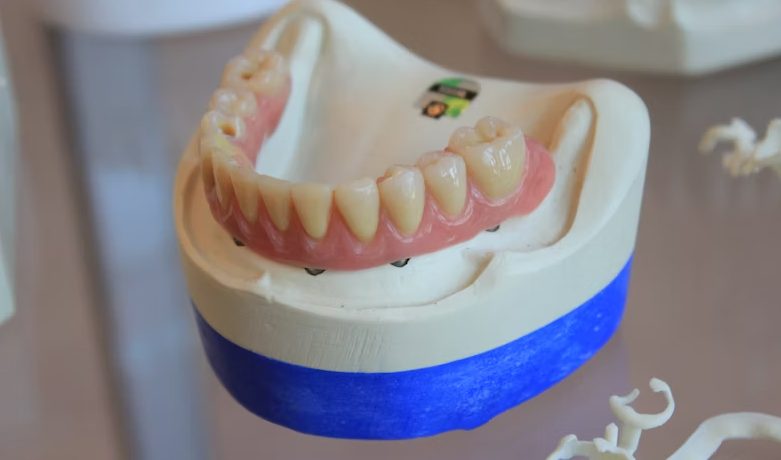
@ShahidNShah


The pursuit of brighter, whiter teeth has become an increasingly common aspiration, particularly in urban settings where aesthetics often intersect with professional and social confidence. In teeth whitening Singapore, this trend is not merely cosmetic but reflects deeper considerations of oral hygiene, access to care, and cultural perceptions of beauty. This article explores the underlying dynamics that shape teeth whitening decisions from a reflective, grounded perspective.
The cultural ideal of “white teeth” has become closely tied to the perception of cleanliness, success, and vitality. In Singapore, where diverse ethnic and cultural groups coexist, there is a nuanced take on dental aesthetics. Many individuals, influenced by Western media and Korean beauty standards, increasingly associate whiter teeth with youthfulness and professionalism.
This perception extends beyond media; it is reinforced through peer comparison, social media filters, and even workplace expectations in client-facing roles. The notion that discoloured teeth may signal poor hygiene or smoking habits pushes some toward whitening options not only for cosmetic enhancement but also for self-presentation in increasingly competitive environments.
Teeth whitening today is not a single procedure but a category encompassing multiple techniques and chemical agents. Broadly, treatments can be divided into hydrogen peroxide-based bleaching and non-peroxide alternatives, each with varying concentrations and modes of delivery.
In Singapore, dental clinics commonly offer in-office whitening using LED or UV activation to accelerate hydrogen peroxide bleaching. These sessions are monitored to reduce sensitivity and can lead to immediate visible results. Conversely, at-home kits ranging from over-the-counter strips to custom trays, offer gradual whitening over several weeks.
Beyond chemical solutions, laser whitening has gained traction, especially among individuals looking for rapid results ahead of weddings or public events. However, questions remain about long-term enamel impact and the sustainability of the results without ongoing maintenance.
Teeth whitening is increasingly positioned alongside other elective dental procedures such as veneers, bonding, and orthodontics. While whitening focuses on colour, cosmetic interventions often address alignment, shape, and surface defects. This convergence is important because it reflects a patient’s broader aesthetic goals, which often combine several elements for holistic improvement.
Dental professionals in Singapore are seeing more patients seeking whitening as a precursor to veneers or as a finishing step after orthodontics like Invisalign. The logic is intuitive: once alignment is corrected, colour becomes the next priority. However, the sequencing of such procedures matters, and patients must be educated about optimal timing for instance, whitening should generally precede veneer matching, not follow it.
For many Singaporeans, the decision between in-clinic whitening and at-home alternatives is influenced by cost, convenience, and perceived effectiveness. In-office treatments, although more expensive (often ranging from SGD 600 to 1,200 per session), offer speed, dentist supervision, and predictability. They are generally preferred by professionals with time constraints or upcoming events.
On the other hand, home kits cater to younger individuals, often students or early-career professionals who are price-sensitive or exploring whitening for the first time. However, the trade-off is a lack of clinical assessment, which can lead to uneven results or increased sensitivity if applied without guidance.
Interestingly, hybrid models are emerging in Singapore where dentists offer take-home kits as part of an in-office consultation, bridging affordability and safety. This trend shows how demand is driving innovation not just in products, but also in delivery models tailored to different demographics.
Teeth whitening in Singapore is not simply about pursuing a brighter smile, it’s a complex interplay of cultural expectations, evolving technologies, and lifestyle preferences. Whether through clinical intervention or home-based solutions, individuals are making decisions grounded in aesthetic goals, oral health awareness, and budget realities.
Ultimately, as the line between cosmetic and health-related dental care continues to blur, the emphasis must remain on informed choice, safety, and long-term oral wellness. Teeth whitening may brighten smiles, but its real power lies in how it reflects personal agency and evolving norms in a fast-paced, image-conscious society.

This guide presents key insights on how to choose the right online healthcare program to help students choose the right one without any hassle. Did you know that the online learning industry has …
Posted Jun 24, 2025 Education Healthcare
Connecting innovation decision makers to authoritative information, institutions, people and insights.
Medigy accurately delivers healthcare and technology information, news and insight from around the world.
Medigy surfaces the world's best crowdsourced health tech offerings with social interactions and peer reviews.
© 2025 Netspective Foundation, Inc. All Rights Reserved.
Built on Dec 16, 2025 at 1:07pm